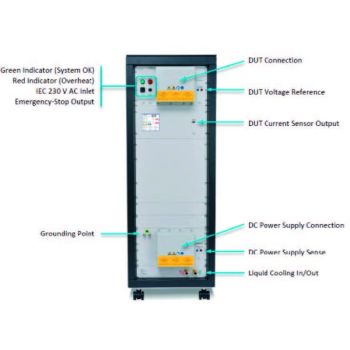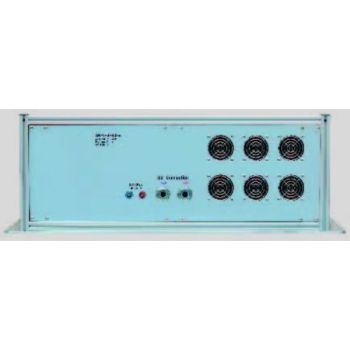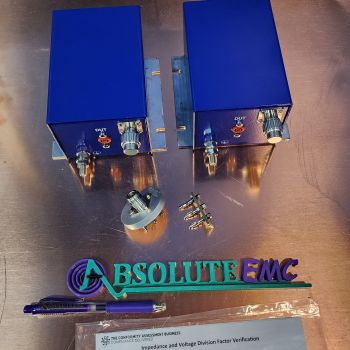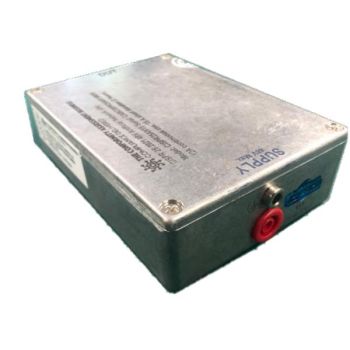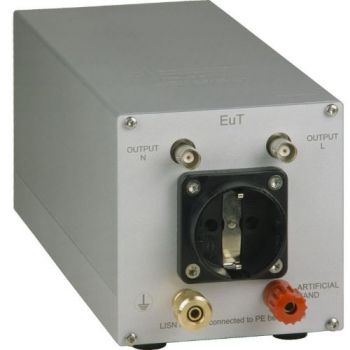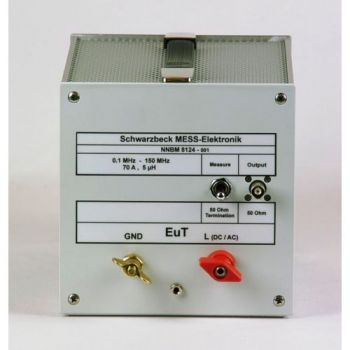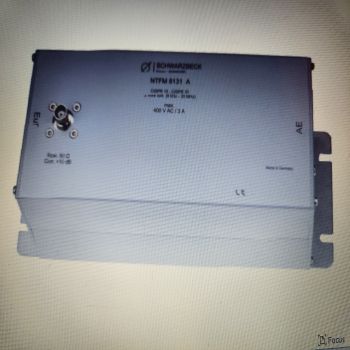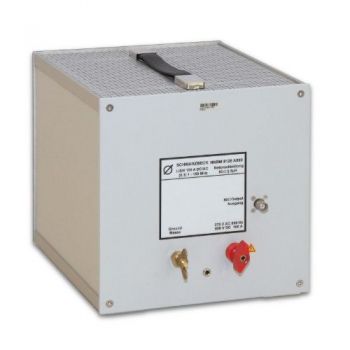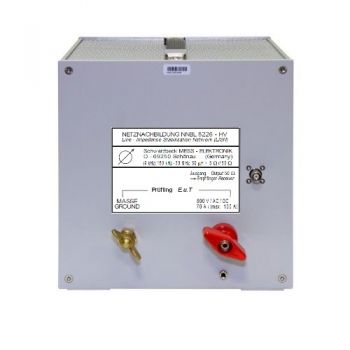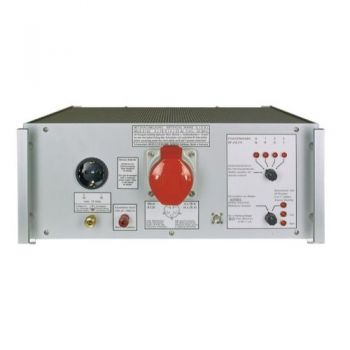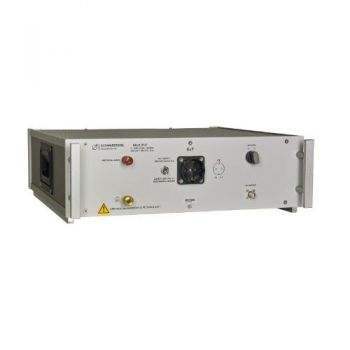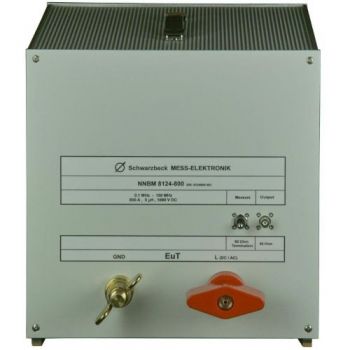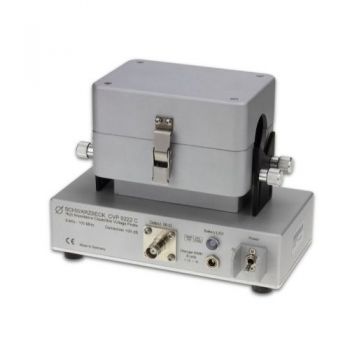

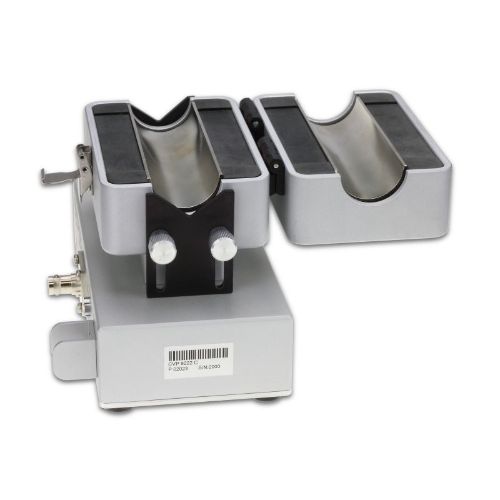
CVP 9222 C, 9 kHz - 100 MHz, High Impedance Capacitive Voltage Probe
- Calibration fixture for Common-Mode Absorbing Clamp
- (10) 30 - 200 (1000)MHz
PARTNER:
MARKETS:
TEST STANDARDS:
CVP 9222 C, 9 kHz - 100 MHz, High Impedance Capacitive Voltage ProbeHigh impedance capacitive voltage probe for measurements of the asymmetrical disturbance voltage on cables without interrupting and unlimited EuT operation. The probe is equipped with a highly effective metal shield to suppress external disturbances. The voltage probe is battery-driven, the capacity lasts for more than 40 hours of operation. The built-in trans-impedance amplifier with extremely low noise characteristics is capable to handle CISPR 16 standard pulses free of distortion. The very flat frequency response with a nominal transducer of 34 dB for the 8 mm EuT-wire diameter allows precise measurements with only a few transducer values.
Application The capacitive voltage probe was designed to measure the asymmetrical disturbance voltage in conjunction with an EMI receiver. A typical application is described in CISPR 22 / EN 55022 C 1.3. The transducer of 34 dB for a EuT cable with an 8 mm diameter must be added to the reading of the measuring receiver. For other cable diameters please refer to the following graph to find the appropriate transducer factor. Usually, the frequency range from 150 kHz to 30 MHz is measured with a bandwidth of 9 kHz with the Quasipeak or Average detector. The capacitive clamp can be opened to accept the cable to be measured. It is recommended to center the cable as well as possible using the M-shaped plastic parts at each side of the clamp aperture. The screws allow a fast and precise adjustment of the cable position within seconds without additional tools. The larger the cable diameter, the more important the correct centering of the EuT cable becomes. For estimations about the influence of the cable, center offset there is a diagram for several cable diameters within this manual. Thanks to the very low added shunt capacitance to the cable under test the capacitive voltage probe does not influence the EuT operation. A multi-color LED indicates the status of the built-in rechargeable batteries. The green LED means sufficient power and operational status. With sinking battery voltage, the LED turns orange, which indicates a still operational status with the need for charging soon. As soon as the battery voltage falls under a critical value, the LED turns red and the CVP turns off. Calibration There is an optional calibration adapter CAL 9222 B available.
|



